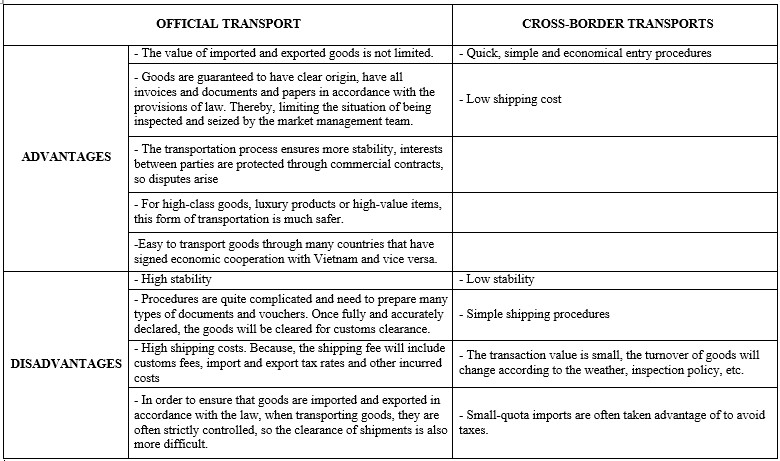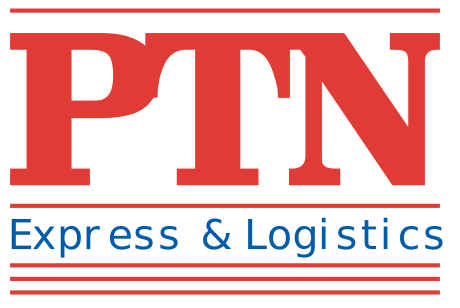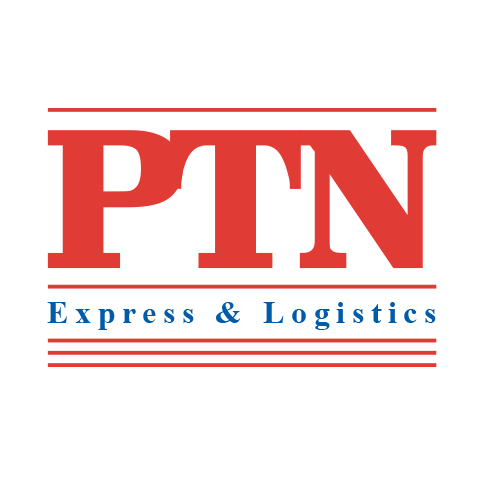Mục lục
GENERAL OVERVIEW OF SHIPPING PROCESS IN ASIA
Is the shipping to goods to neighboring countries in Asia still facing many difficulties as before?
The 4.0 era opens a new baggage not only for the developing economy but also for the smooth and fast trade of goods between countries more than before.
Although located in the same continent as Vietnam, what should be noted when sending goods to these countries?
1. ASIA OVERVIEW
When you think of Asia, what comes to mind?
Asia is located in the Northern Hemisphere, which is a continent with an area of 8.7% of the total area of the Earth and has the largest population density in the world.
– The continent has the longest coastline in the world with 62,800 km
Typical climates in Asia are tropical, temperate and subtropical
– Asia by boundary is The largest continent in The world and is rich in natural resources such as oil and iron.
– Considered to be The origin of The three major religions of The world Buddhism, Islam and Christianity.
– The region has the largest nominal GDP in the world, and also the largest in terms of purchasing power parity (PPP). The largest economies in Asia are China, Japan, India, South Korea and Russia.
2. SHIPPING TO ASIA
In addition to the advantage of geographical distance, countries located in Asia also benefit from agreements signed between countries to enhance economic promotion. as well as about freight. With the goal of gradually eliminating tariff barriers for most groups of goods and harmonizing customs procedures between countries, promoting economic integration with regional and international countries.
Therefore, the trade of goods between member countries in Asia is convenient, diversified, safe and cost-effective.
PTN Logistics accepts and sends a variety of goods such as food, electronic goods, fragile goods and some difficult-to-transport items such as powdered goods, goods of all kinds.
liquids (fish sauce, shrimp paste, dried fish..) and bulk items.
– For food and cosmetic goods: goods must have clear labels and brands. Cosmetics that can be sent are usually in The form of creams, gels, lotions and others paper masks, shampoos, etc. Don’t worry about unlabeled food and cosmetic items, we will support making labels for you within the allowed range.
– For electronic goods: receive and send items without magnets, without batteries, without oil, …
– Paper products such as: Photo albums, paper, stamps, paper boxes, ….
– Some other items such as: ceramics, glass, dishes, paintings, ….
– Medicine, functional food, traditional medicine, male medicine, weight loss medicine…
– Genuine goods such as Chanel, Gucci, Levis … need to provide purchase receipt.
– Items that are difficult to import are items with meat, bird’s nest, fake goods, goods with batteries, with magnets, but PTN Logistics still receives and sends them, but the charges will be different depending on the case.
Please inbox directly for specific advice on a case-by-case basis.
– PTN Logistics does not accept or send items: eggs, milk, contraband, fresh frozen food, goods of unknown origin, origin, poor quality, stimulants, weapons, explosives & a some other items that are prohibited by the laws of Asian countries
3. HOW TO SHIPPING GOODS TO ASIA
In addition to the favorable geographical position, the same favorable conditions that nature bestows. Currently, PTN Logistics provides 2 methods of sending goods to Asia as follows:
– Official transport is an international trade route through a border gate and is usually imported and exported in large quantities. Normally, The Official goods will be controlled by specialized agencies through criteria such as: Quality, food hygiene and safety, list of import and export goods, etc.
– Cross-border transport is a legal form of international trade that takes place between people of two countries living on their border. Revenue of each Commodity transactions are often small in value and subject to the law.
4. ADVANTAGES AND DISADVANTAGES OF OFFICIAL TRANSPORT AND
Depending on your needs and goods, please refer to the service comparison table below to choose the most optimal shipping method.

5. HOW TO CALCULATE STANDARD CHARGES IN AIRLINES REGULATIONS:
Whether it is Official transport or Cross-border transport, the method of calculating charges is as follows
1. Actual weight scale
2. Measure the three-dimensional dimensions of the package after it is packed: (length x width x height): 5000.
Compare 1 & 2 which is bigger will be taken to calculate the freight.
6. SHIPPING TO ASIAN PRICE LIST
“The unit price is specified by volume, destination country, at each volume level, there is a different freight rate & the general price list for Asia has not yet been applied.”
Therefore, if you have a need to send goods, please contact PTN Logistics for advice and accurate quotation.
7. SHIPPING PROCESS TO ASIA
Step 1: You will discuss with US The questions, necessary shipping information For The quotation process
+ Item name, kg, address, full name of consignee.
+ Address, phone number, name of the consignor.
+ From The above information, PTN Logistics will advise clearly on all procedures, delivery time and shipping charges.
Step 2: You accept the freight rate & PTN Logistics will support you to receive and pack the goods.
Step 3:PTN Logistics conducts inspection of goods, makes labels for items without specific information, vacuums for foods, foam wraps for fragile goods, …Weigh according to the airline’s calculation method, then take a picture and send the data to the customer for payment.
Step 4: You approve the amount of kg to be paid, PTN Logistics will proceed to make the necessary documents such as customs declaration, Invoice, MSDS, FDA, …… & send the goods to you.
Step 5: Send tracking code, bill for customers to follow up with PTN Logistics
Step 6: Deliver the goods to the recipient and thank you for trusting and using the service.
For more details, immediately contact PTN Logistics for a free consultation via Hotline 19002197.
Website: /https://www.ptnlogistics.com/
Office address: D32, VSIP, An Phu, Thuan An, Binh Duong.

